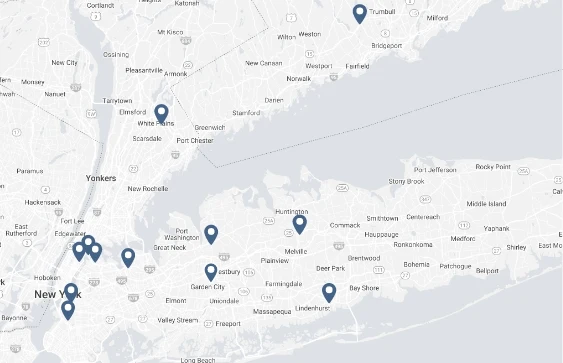Video Transcription
My name is Dr. Barry Douglas, I am a board certified plastic surgeon. Breast reconstruction has been a part of my career for the last 31 years. For the most part, we do a tremendous amount of breast reconstruction. That also includes non-cancer related breast reconstruction. In other words, for people that are born, let’s say, with congenital breast anomalies. That’s also breast reconstruction, although it’s not cancer based obviously.
My other passion would be the cosmetic surgery, which overlap because a lot of either, even breast reconstruction for cancer is fundamentally recreating a cosmetically important result for the patient. Once a decision is made for breast conservation, now that decision is made by the breast surgeon based on the tissue type, the patient’s biology, the patient’s family history, maybe even a BRCA positive diagnosis, et cetera, then we decide on the best cosmetic options for them.
Really oncoplastic, if you break down the words, onco means tumor, plastic means form, so what we’re trying to do is the best cosmetic result for whatever the breast surgeon has to do to complete the satisfactory lumpectomy. Now, one of the things we have to consider also is that this patient with breast conservation surgery largely will be getting radiation. That is one of the major things we have to consider in our thinking as to what is the best way to approach the problem.
Since most people are receiving radiation, the general thinking is that the oncoplastic approach from what we provide actually provides almost a better outcome than if the breast surgeon simply just does a breast procedure, does nothing in terms of just maybe closing the skin, lets the radiation do what it has to do. Then we’re kind of behind the eight ball because there could be distortion, disfigurement, and obvious asymmetry with respect to the other breast.
Let’s take a typical middle aged person with fundamentally symmetric breasts. All right, so the tumor, let’s say the tumor’s here. The breast surgeon, if they’re just doing their own lumpectomy would have to make an incision pretty much over where the tumor is because to put it around the areola, which would be cosmetically acceptable, it’s too far of a dissection to take out a tumor that could be significantly large in the upper outer quadrant which is a common location of the tumors.
What we would do is set her up as if we’re doing, let’s say, a breast reduction or a lift where we would determine the position of the nipple and then draw a pattern based on a breast lift or breast reduction. When we make our pedicle, which is the tissue that supports the nipple on its blood supply and nerve supply and this gets opened up, if you will, it gives the breast surgeons a better access to access the tumor.
When the breast is completed, a breast that was formerly very ptotic and mature looking, we have a breast that is now more mature with the nipple in an uplifted position. The incisions that we finish with are scars around the areola, which is made smaller, down the vertical and in the crease or sometimes not even in the crease, so they could wear a low cut and not have any scars on the breast because the tumor is out, the breast has been re-shaped, the nipple has been elevated, and they’re ready for radiation.

